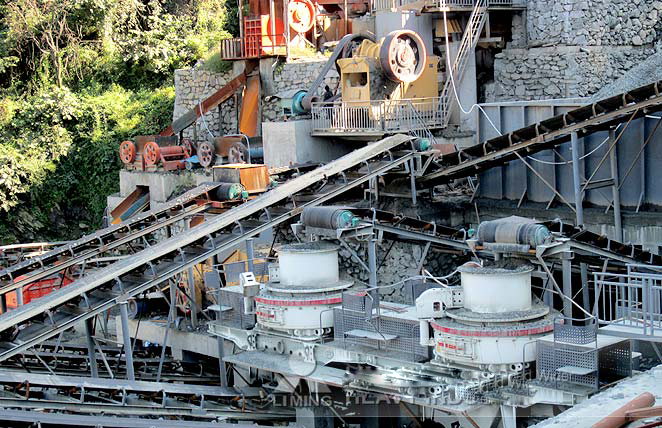 High-Frequency Screening for Iron Ore: An Overview
High-Frequency Screening for Iron Ore: An Overview
High-frequency screening (HFS) is an advanced separation technique used in mineral processing, particularly for iron ore beneficiation. It employs high-speed vibration (typically 3,600–7,200 RPM) to efficiently separate fine and ultrafine particles, improving grade and recovery.
# Key Features of High-Frequency Screening for Iron Ore:
1. Enhanced Efficiency
– Ideal for fine and sticky ores (e.g., hematite, magnetite).
– Reduces blinding and pegging issues compared to conventional screens.
2. High Acceleration & Vibration Frequency
– Uses electromagnetic or vibratory motors for rapid oscillations.
– Enables better stratification and separation of particles (0.1–3 mm).
3. Improved Grade & Recovery
– Removes silica and alumina-rich slimes from iron ore concentrate.
– Increases Fe content by rejecting ultrafine gangue minerals.
4. Applications in Iron Ore Processing:
– Desliming – Removes <45 µm slimes before flotation or magnetic separation.
– Classification – Segregates feed for spiral concentrators or jigs.
– Dewate.jpg) g – Used in tailings management and concentrate dewatering.
g – Used in tailings management and concentrate dewatering.
# Advantages Over Conventional Screens:
✔ Higher throughput per unit area.
✔ Better handling of moist or sticky ores.
✔ Lower maintenance due to reduced screen clogging.
# Challenges:
– Higher energy consumption than traditional screens.
– Requires precise control of feed rate and moisture content.
# Leading Manufacturers:
– Derrick Corporation (Stack Sizer®)
– Metso Outotec (HF Series)
– Schenck Process
Conclusion
High-frequency screening is a critical technology in modern iron ore processing, enhancing efficiency and product quality while reducing downstream processing costs.
Would you like details on specific HFS models or integration with other beneficiation methods?




